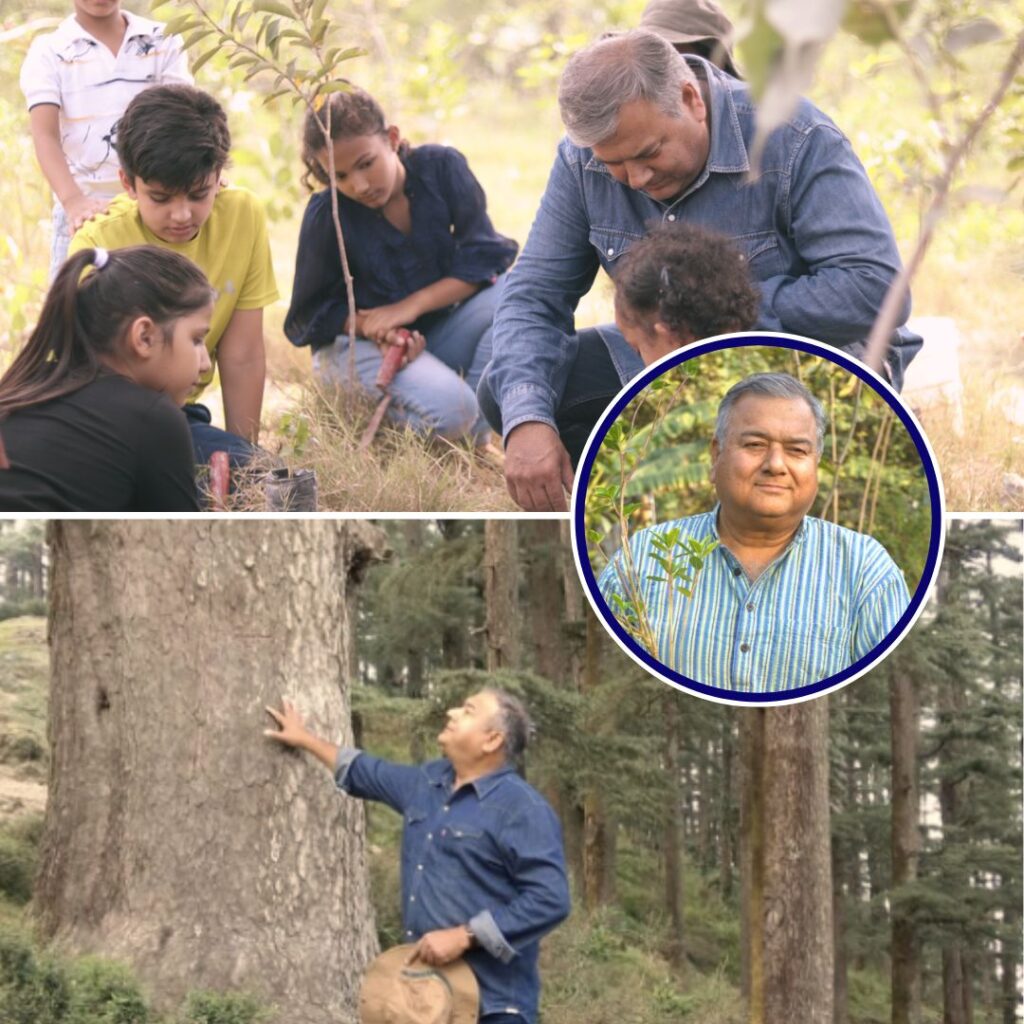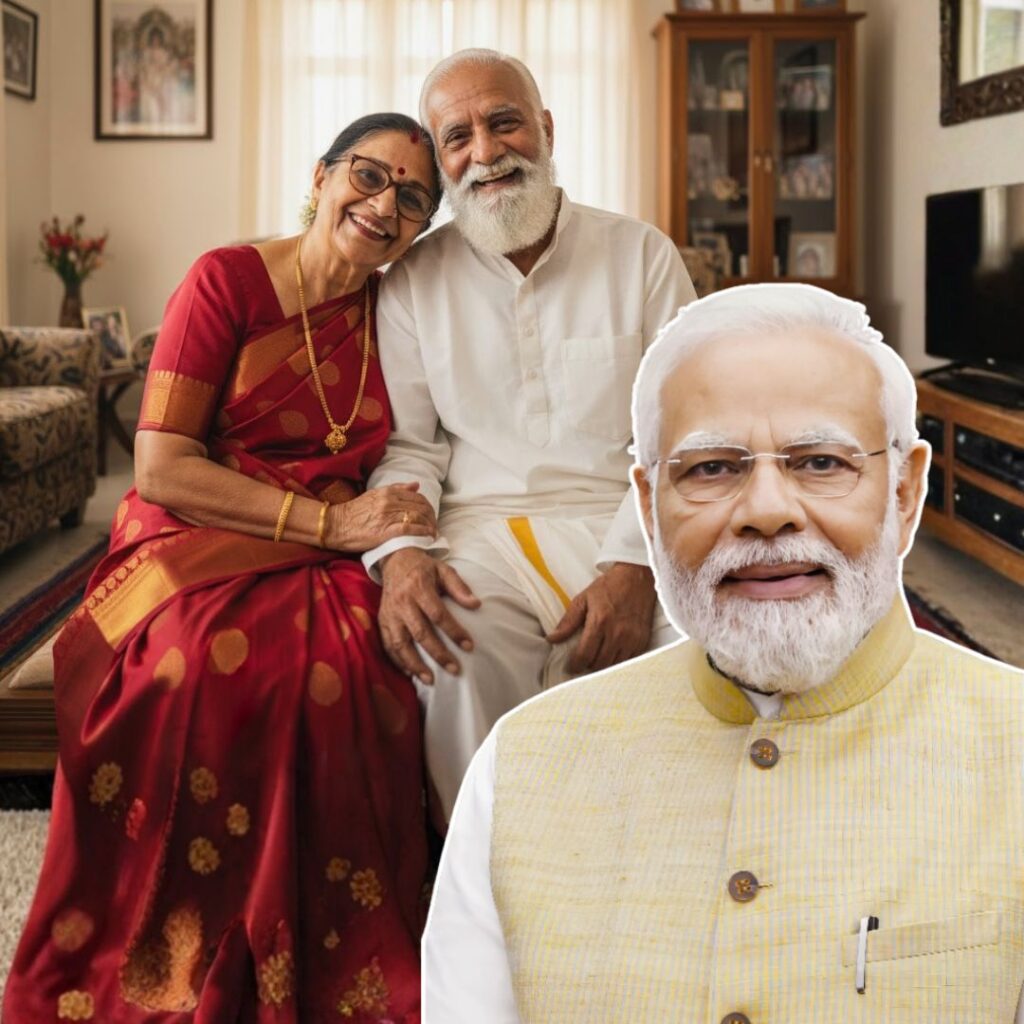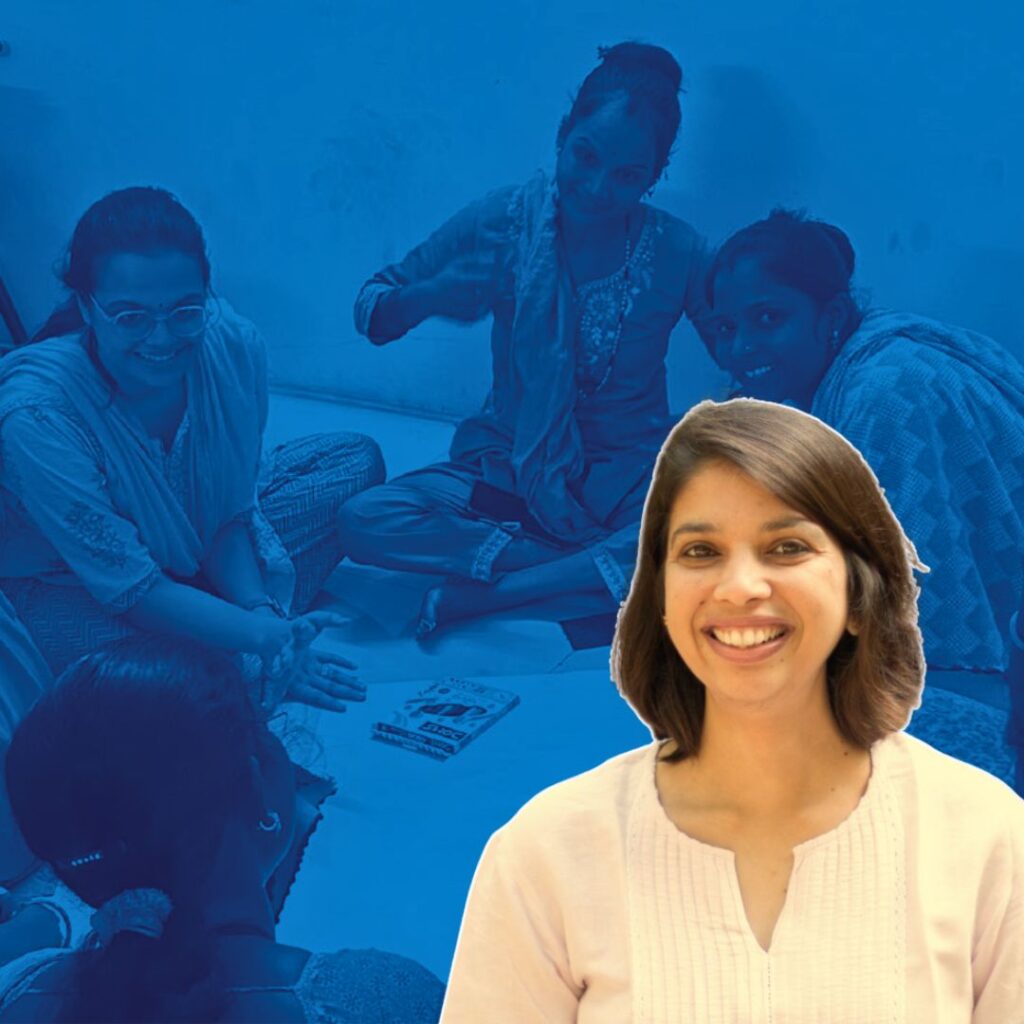Girl Child Opportunities Improved In India
According to a United Nations report, India has seen “dramatic” improvements in the opportunities available to a girl child. The report showcases the country as an example to be replicated worldwide for bettering the condition of the youthful population.
The State of World Population 2016 report published by UNFPA also warned that practices that cause harm to girls and violate their human rights, starting from the age of 10, prevent them from realizing their full potential as adults and more needs to be done.
The report read, “Both India and China, which together are home to roughly one in three 10-year-olds alive today, are among the world’s fastest growing economies and have seen dramatic improvements in the opportunities available to youth.”
The report also delved into the research of International Centre for Research on Women which estimates that India loses nearly $56 billion a year in potential earnings because of adolescent pregnancy, high secondary school dropout rates and joblessness among young women.
However, the report has stressed on replicating initiatives like of India. “Through a concerted effort by governments, civil society, communities and international institutions to learn from and replicate successful initiatives in places as diverse as India, the United States and Ethiopia, the world can transform every 10-year-old girl’s future and ignite her full potential.”
There are more than 12 million 10-year-old girls in India, which is way more than any other country. According to the data of secondary school progression data, nearly 9 lakh (9%) of these 12 million girls are at the risk of not continuing on to secondary school, despite having access to basic education. As much as $21 billion a year dividend for developing countries can be unlocked if all 10-year-old girls complete secondary education.
UNFPA warns that forced marriage, child labor, female genital mutilation and other practices undermining girls’ health and rights threaten the world’s ambitious development agenda.
Girls are less likely than boys to complete formal schooling at the secondary and university levels, are more likely to be in poorer physical and mental health, and will find it harder to get paid jobs.












